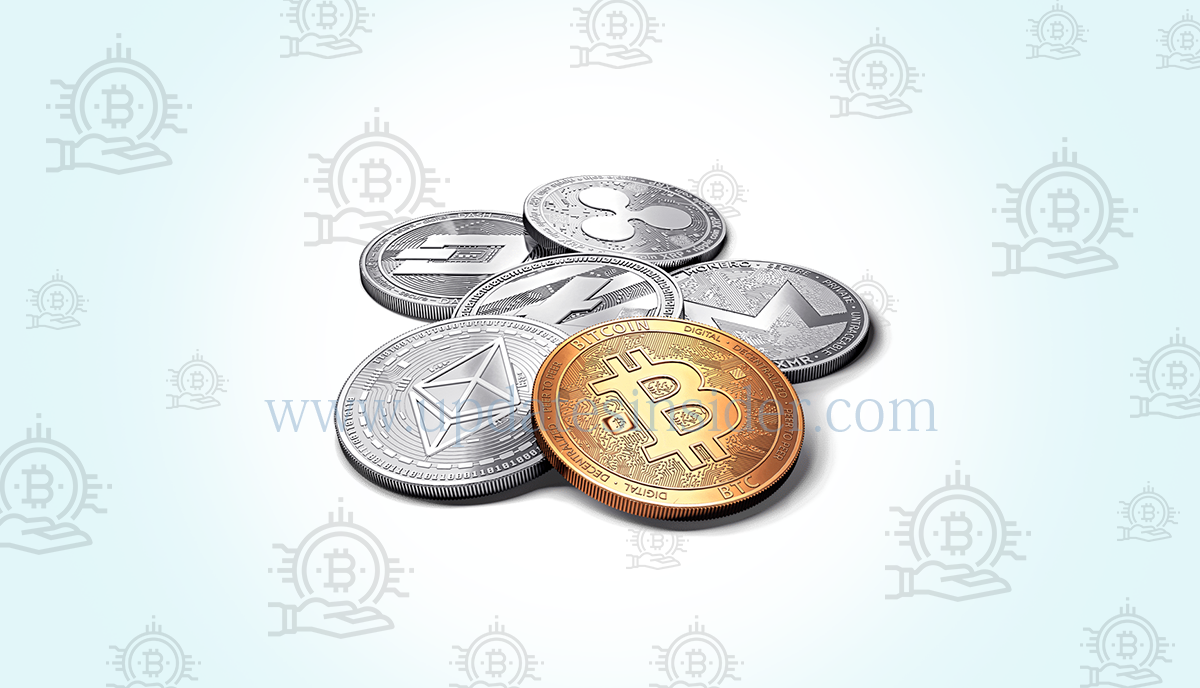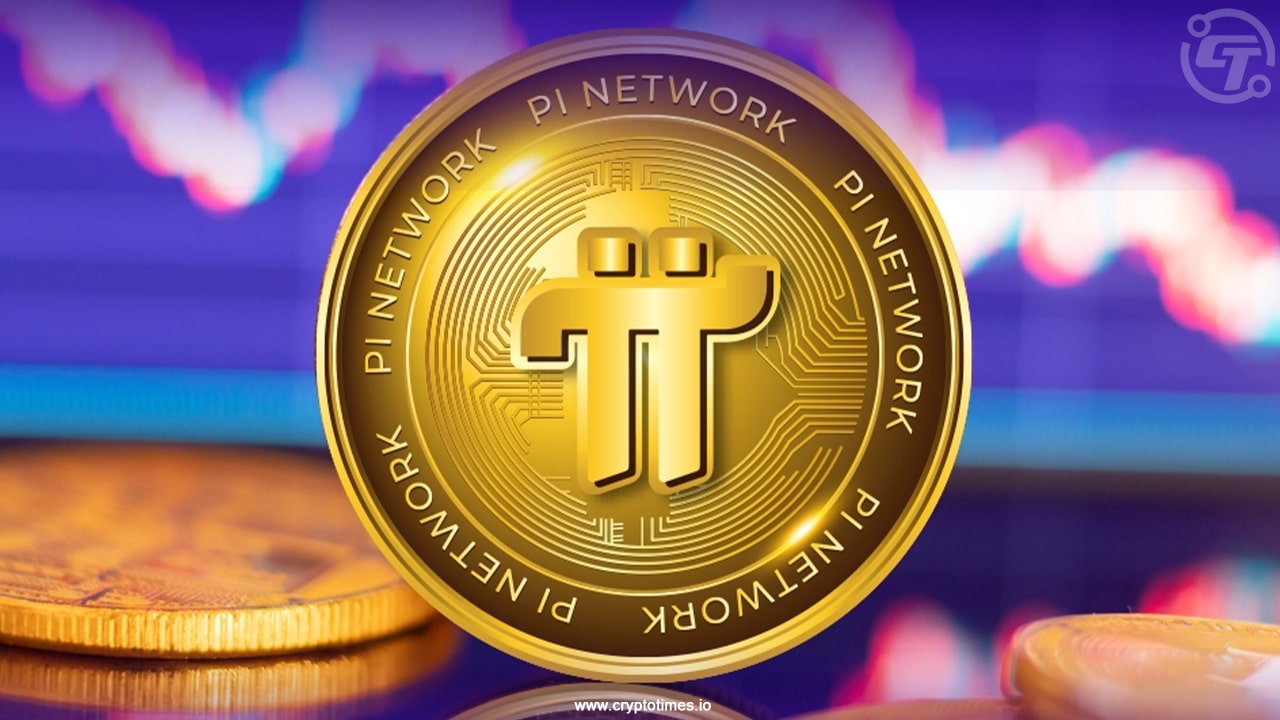Cryptocurrency news
In June 2020, FATF updated its guidance to include the „Travel Rule” for cryptocurrencies, a measure which mandates that VASPs obtain, hold, and exchange information about the originators and beneficiaries of virtual asset transfers https://skywaypoland.com/the-way-to-help-you-conduct-themselves-for-a-new/. Subsequent standardized protocol specifications recommended using JSON for relaying data between VASPs and identity services. As of December 2020, the IVMS 101 data model has yet to be finalized and ratified by the three global standard setting bodies that created it.
A node is a computer that connects to a cryptocurrency network. The node supports the cryptocurrency’s network through either relaying transactions, validation, or hosting a copy of the blockchain. In terms of relaying transactions, each network computer (node) has a copy of the blockchain of the cryptocurrency it supports. When a transaction is made, the node creating the transaction broadcasts details of the transaction using encryption to other nodes throughout the node network so that the transaction (and every other transaction) is known.
In June 2021, El Salvador became the first country to accept bitcoin as legal tender, after the Legislative Assembly had voted 62–22 to pass a bill submitted by President Nayib Bukele classifying the cryptocurrency as such.

Pi network cryptocurrency
Pi Network is a cryptocurrency that introduces a novel approach to crypto mining. While for many years, the legitimacy of the Pi Network has been under question, in 2025 the mainnet is set to finally launch. Learn about Pi Network, Pi coin, and how to mine it in this ultimate guide.
Pi’s mining rewards are distributed based on an issuance formula that follows a declining exponential model defined in the Pi whitepaper. Users can increase the amount of mining rewards they receive based on their individual contributions to the network, like Security Circles, using utility-based Pi apps, running Nodes, etc. For each month, the amount of Pi to be distributed as mobile balance is capped and determined by the model, regardless of how many people or how many types of mining rewards there are during the month. The capping is achieved by the design of a system-wide base mining rate, and each type of mining rewards to each individual are just a multiplier of this base mining rate. As the monthly supplies always diminish, the base mining rate generally decreases over time. Fewer Pi may also be issued because the real Pi issuance on the blockchain depends on Pioneers passing KYC and completing all steps required for migration to the Mainnet. Despite all efforts to facilitate and remind Pioneers to complete those required steps, there are always dropoffs along the way, resulting in less than all outstanding mobile balances to be issued on the blockchain. Because of this mechanism, the community issued amount (Migrated Mining Rewards) on the blockchain will likely be closer and closer to a line lower than the 65 billion. This is thus the reason for the variable Effective Total Supply which incorporates this effect. Effective Total Supply results from all Migrated Mining Rewards divided by 65%, as opposed to the Maximum Supply of 100 billion.
A Pi ecosystem announcement will be released on May 14. Tune in to find out what’s coming next #pinetwork 🏎️🚖🚀$PI Spoiler alert: A large number of developer ecosystem applications are being reviewed, and many ecosystem applications will be listed @PiCoreTeam @pibartermall

Pi Network is a cryptocurrency that introduces a novel approach to crypto mining. While for many years, the legitimacy of the Pi Network has been under question, in 2025 the mainnet is set to finally launch. Learn about Pi Network, Pi coin, and how to mine it in this ultimate guide.
Pi’s mining rewards are distributed based on an issuance formula that follows a declining exponential model defined in the Pi whitepaper. Users can increase the amount of mining rewards they receive based on their individual contributions to the network, like Security Circles, using utility-based Pi apps, running Nodes, etc. For each month, the amount of Pi to be distributed as mobile balance is capped and determined by the model, regardless of how many people or how many types of mining rewards there are during the month. The capping is achieved by the design of a system-wide base mining rate, and each type of mining rewards to each individual are just a multiplier of this base mining rate. As the monthly supplies always diminish, the base mining rate generally decreases over time. Fewer Pi may also be issued because the real Pi issuance on the blockchain depends on Pioneers passing KYC and completing all steps required for migration to the Mainnet. Despite all efforts to facilitate and remind Pioneers to complete those required steps, there are always dropoffs along the way, resulting in less than all outstanding mobile balances to be issued on the blockchain. Because of this mechanism, the community issued amount (Migrated Mining Rewards) on the blockchain will likely be closer and closer to a line lower than the 65 billion. This is thus the reason for the variable Effective Total Supply which incorporates this effect. Effective Total Supply results from all Migrated Mining Rewards divided by 65%, as opposed to the Maximum Supply of 100 billion.
Cryptocurrency prices
The very first cryptocurrency was Bitcoin. Since it is open source, it is possible for other people to use the majority of the code, make a few changes and then launch their own separate currency. Many people have done exactly this. Some of these coins are very similar to Bitcoin, with just one or two amended features (such as Litecoin), while others are very different, with varying models of security, issuance and governance. However, they all share the same moniker — every coin issued after Bitcoin is considered to be an altcoin.
ICO stands for Initial Coin Offering and refers to a method of raising capital for cryptocurrency and blockchain-related projects. Typically, a project will create a token and present their idea in a whitepaper. The project will then offer the tokens for sale to raise the capital necessary for funding development. Even though there have been many successful ICOs to date, investors need to be very careful if they are interested in purchasing tokens in an ICO. ICOs are largely unregulated, and very risky.
CoinCodex provides all the data you need to stay informed about cryptocurrencies. You can find cryptocurrency charts for more than 41369 coins, and access key data such as up-to-date prices, all-time high price, cryptocurrency market cap, trading volume and more. The crypto charts provided by CoinCodex are incredibly flexible – you can watch real-time prices or select between 8 pre-defined time frames, ranging from 24 hours to the entire price history of the coin. If you need more precision, you can select a custom date range. CoinCodex also gives you the ability to compare the price action of different cryptocurrencies on a single chart.

